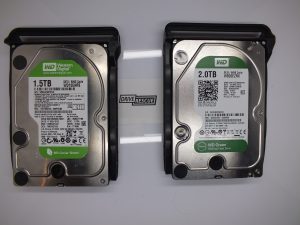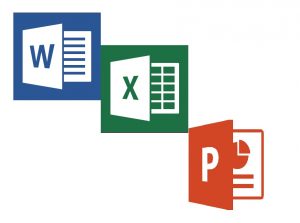Here is a simple way to recover your data.
1) Connect your damaged USB memory stick to your Windows computer.
2) Navigate to the Device Manager. Click on the “plus” sign
beside “Disk Drives”.
3) Then right click on your damaged disk and click on “properties”.
4) Navigate to the “drivers” tab and click “disable”.
5) Insert your USB memory stick back into your Windows system. Go to “Device Manager” again and re-enable the device.
6) The volume containing your data should now appear under “My Computer”.
This is just one fix. Other more advanced problems such as a failed NAND controller can also cause your memory stick not to be recognised by Windows.
Drive Rescue (Dublin, Ireland) offer a complete data recovery service from USB memory stick brands such as PNY, SanDisk, Adata, Sony, Integral, Toshiba and Ativa. We also perform recovery from promotional USB memory sticks.



